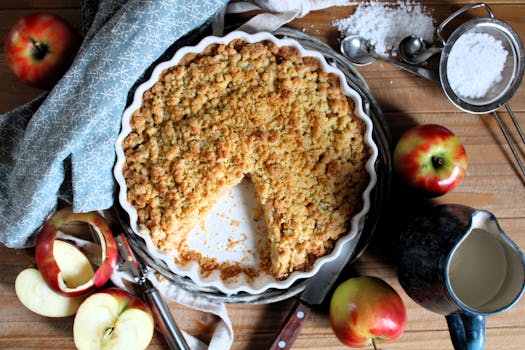Benefits
Gut Health
Nutrient Rich
Low Fat Content
Immune Support
Sustainable Ingredient
Get creative with buttermilk
Buttermilk can elevate baking recipes with its tangy flavor, making it perfect for buttermilk pancakes, scones, and biscuits, contributing to their fluffiness and tenderness
Beyond baking, it serves as a marvellous tenderizer in marinades for poultry and meat, imparting subtle tang and enhancing their juiciness
In salad dressings and dips, buttermilk offers a creamy texture without the heaviness, ideal for lighter, flavorful concoctions
For a refreshing twist, it can be whipped into smoothies or made into homemade buttermilk ice cream, introducing a delightful tang that balances the sweetness
Lastly, buttermilk can be an innovative base for soups, adding depth and a slight acidity to cold soups, enhancing their complexity
Something you can make with buttermilk
Origin
Buttermilk is believed to have originated in ancient times, possibly in regions of Central Asia or the Middle East. It is a byproduct of the butter-making process, where the cream is churned to separate the butterfat from the liquid. Traditionally, the liquid left after churning butter was collected and fermented, resulting in buttermilk.\n\nOver time, the production of buttermilk spread to various cultures and cuisines, including Europe and North America. In these regions, buttermilk became a staple ingredient in baking and cooking, valued for its tangy flavor and ability to tenderize baked goods.\n\nToday, buttermilk is produced commercially by adding a bacterial culture to low-fat or skim milk. This culture ferments the milk, giving it a slightly acidic and tangy taste. Buttermilk is widely used in various culinary applications, from making pancakes, biscuits, and cakes to marinating meats and adding richness to soups and sauces.
